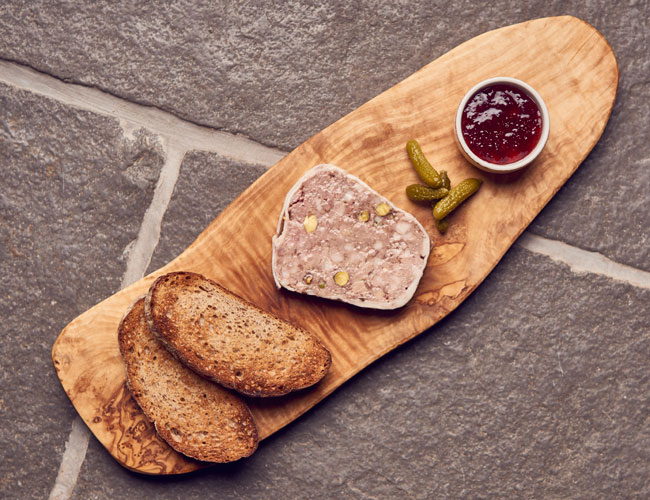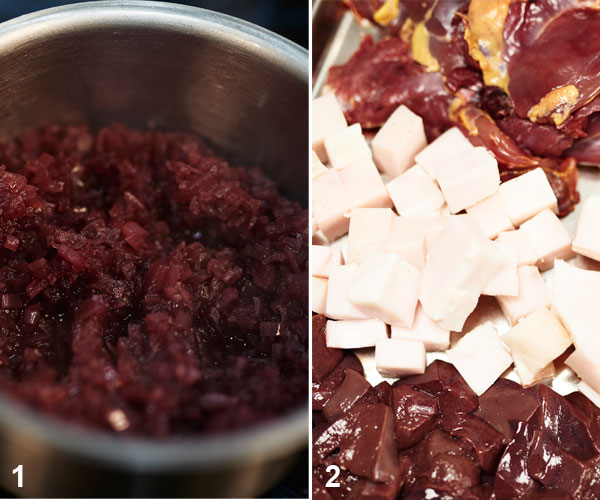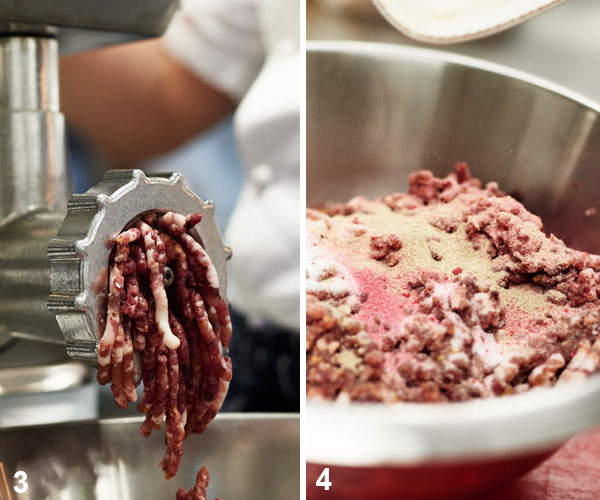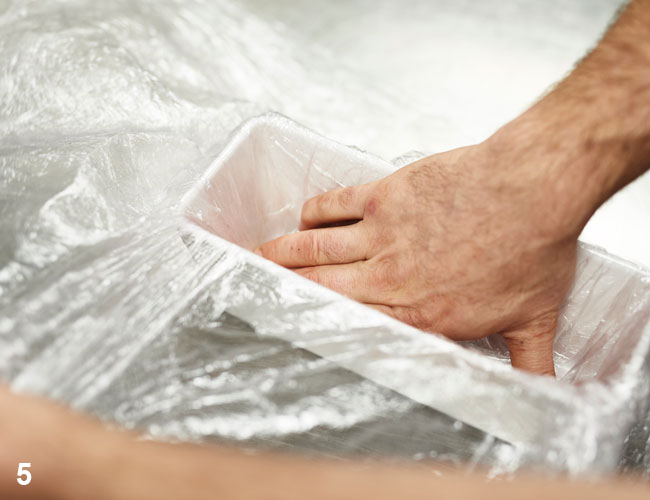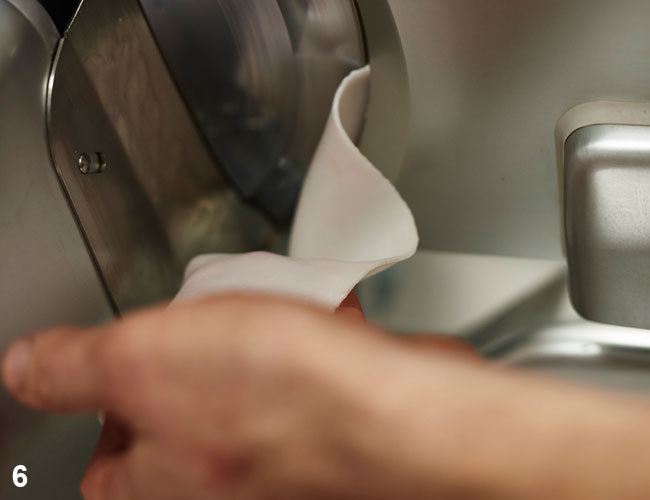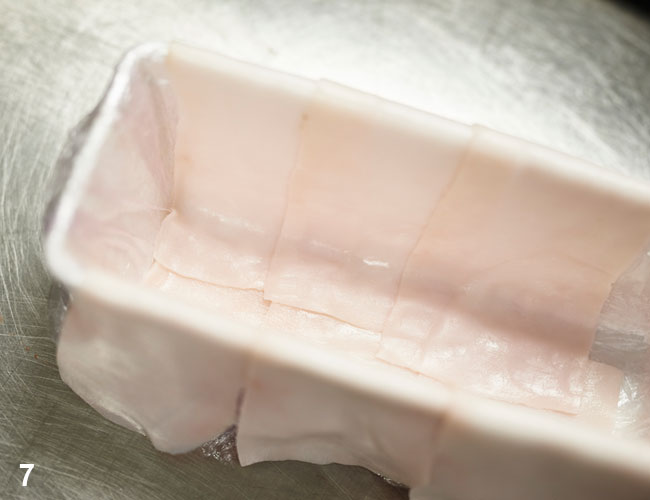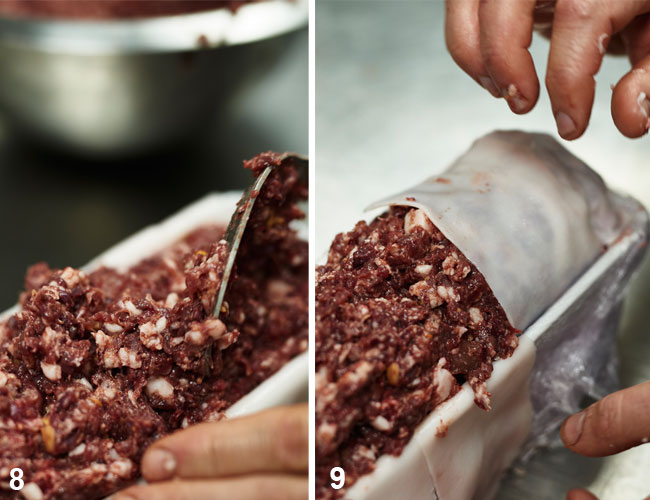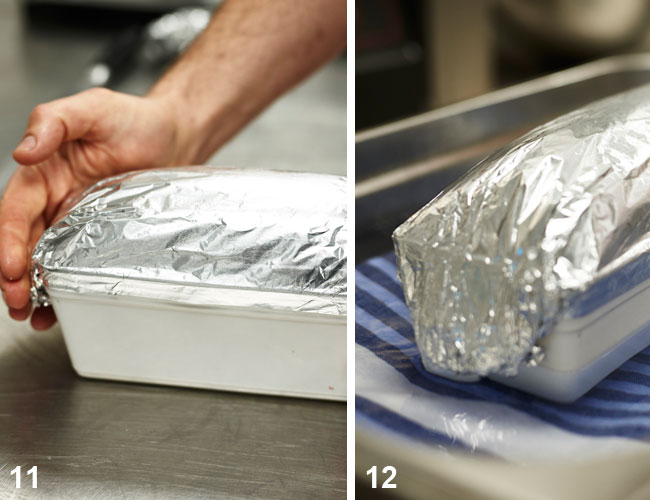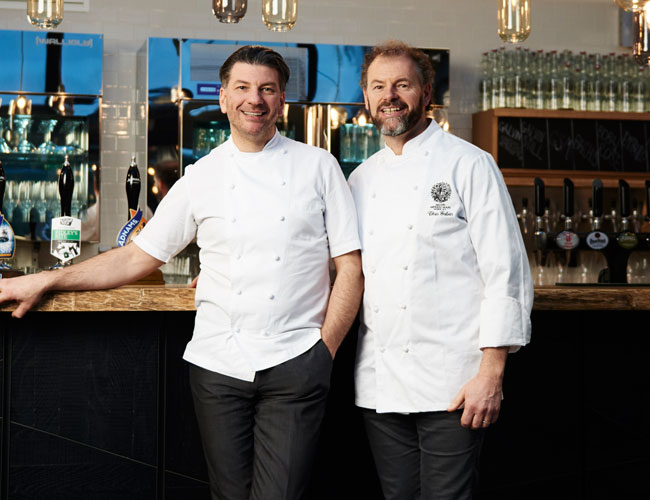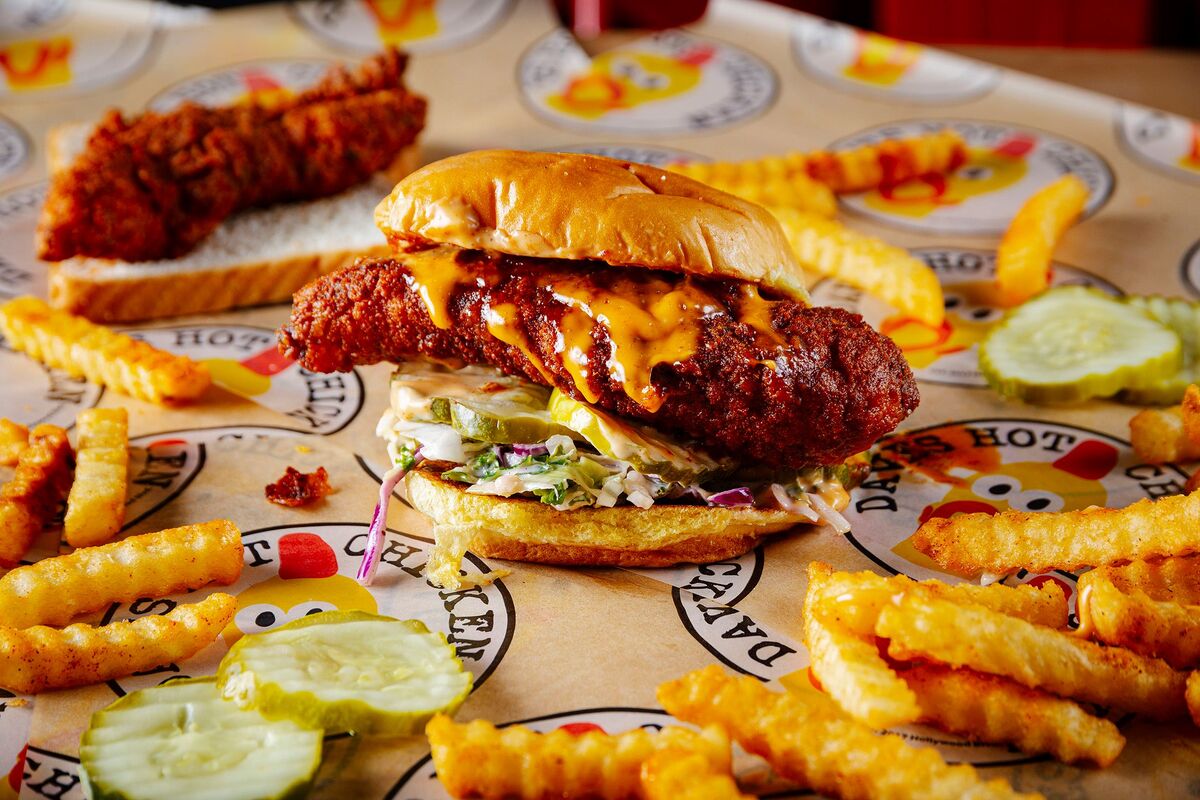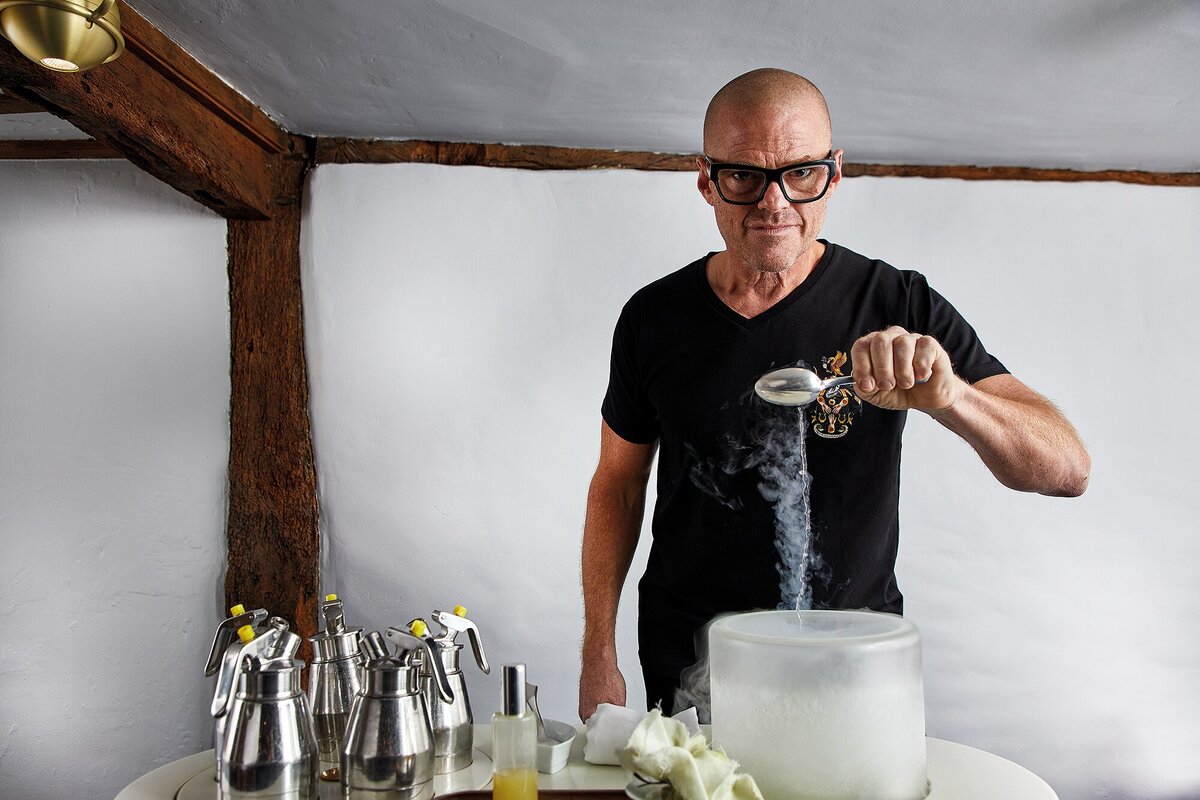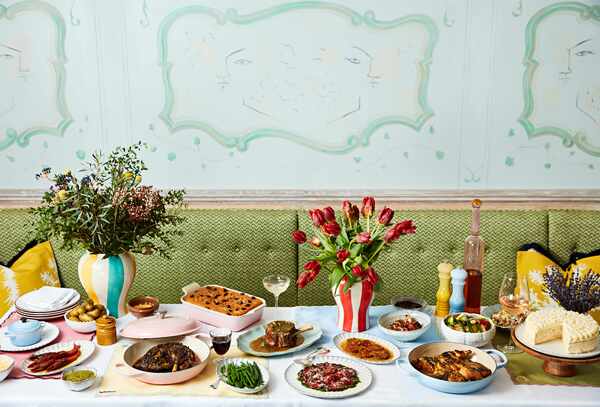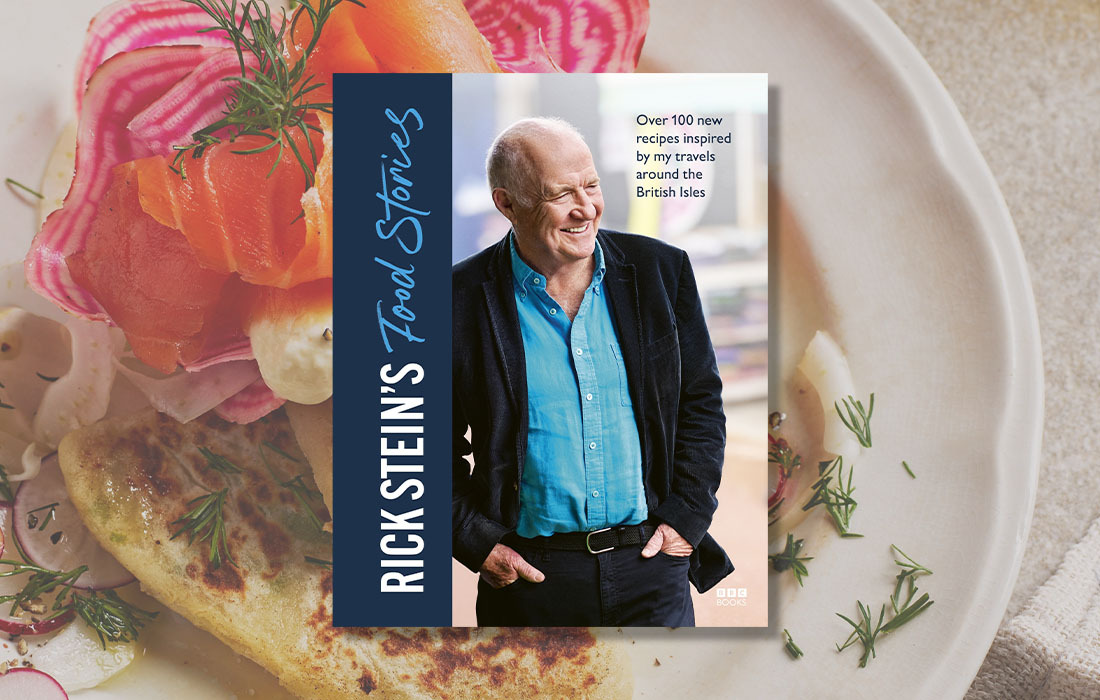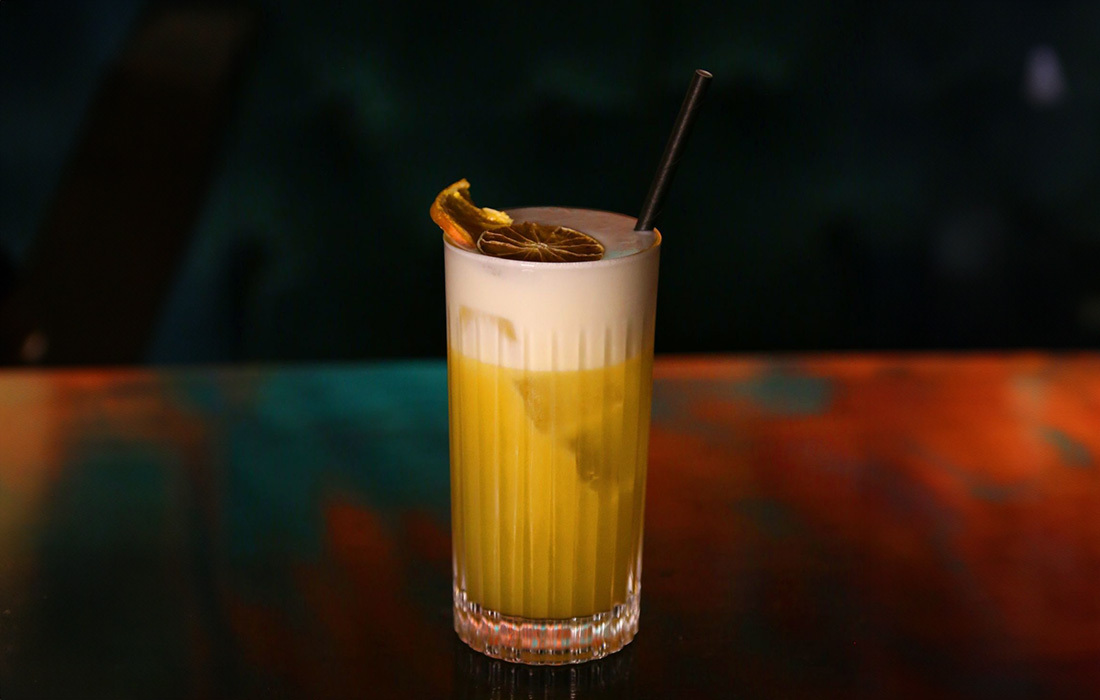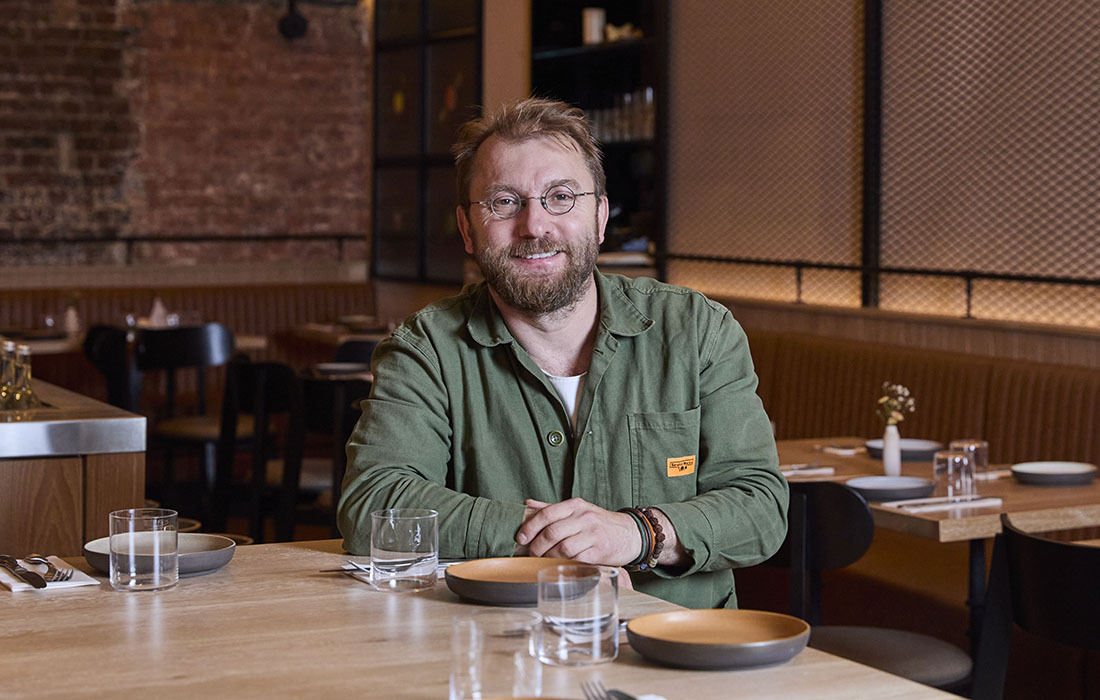Chris and Jeff Galvin's pheasant terrine
At the Galvin Green Man pub in Great Waltham, Essex, Chris and Jeff Galvin serve pheasant terrine that's very close to the classic French terrine de campagne, but with a nod to Italy. Michael Raffael reports
Reviving old arguments about the differences between meat pâtés and terrines serves no purpose. As far as chefs and the public are concerned, they are the same thing.
The grassroot French pâté/terrine de campagne acts as a benchmark for a whole family of recipes and variations. Its most common version in the UK for many years has been the bacon-lined one that owes more than a nod to post-war cookery writers Jane Grigson and Elizabeth David. Times, though, have moved on, skills have improved and the choice of raw materials has expanded. In kitchens across the country, chefs try and tweak their personal interpretations this way or that, but before engaging their creative instincts, it would pay to re-examine the foundations.
Respect for the tradition underpinning a classic terrine is one thing, understanding how it evolved can help, and moving it on to another level calls for discretion, but that's what chefs Jeff and Chris Galvin have achieved. The method they've devised for their 10 restaurants stays close to the original terrine de campagne. This divides the main ingredients into lean meat, liver and back fat, as the French do, but rather than the bland barding fat routinely preferred there, they go for Italian-cured lardo, which has more flavour.
Choice of terrines
Most chefs will opt for dedicated rectangular terrines, which make portioning simpler. The straight-sided enamelled Le Creuset terrines have a 1.25 litre capacity. Jeff Galvin prefers to use the Revlon ceramic galantine terrine (available in two sizes: 26 x 10 x 9.3mm or 31 x 12 x 10.5). It has sides that slope a little and give an attractive finish. Bread or rectangular cake tins are an alternative.
Planning
At the Galvin Green Man pub in Great Waltham, Essex, the kitchens may prepare up to 15 terrines in a single batch for a busy weekend.
In contrast, Galvin Bistrot de Luxe in Marylebone, London, may only prepare three or four pressed foie gras and pigeon terrines. The principle is the same for both. Prepare the mixture and leave to rest overnight. Cook and cool for about an hour to allow some carryover cooking. Chill and reserve for at least four days before serving.
Costing
The Galvin Green Man terrine (which was pheasant on the December menu) costs between 40p and 50p per portion, including the chutney or Cumberland sauce accompaniment, bread and cornichons. It sells for £5.
Basic proportions
The three components of any terrine are: lean meat, hard back fat and liver. Equal quantities of these gives an ideal balance for a slicing texture. More liver makes it softer and more meat makes it closer to a pork pie texture.
Galvin Green Man pheasant terrine
Serves 24-28
Ingredients listed here are for 2 terrines (portion size 90g-100g)
Basic mix
250g diced shallots
300ml ruby or tawny port
300ml Madeira
1kg boned pheasant thighs
1kg lardo
1kg pigâs liver
40g salt
9g white pepper
15g butchersâ pink salt
Added to mix
350g pheasant breast, cubed
350g lardo, diced
80g pistachios
To line the terrines
300g (approximate) lardo
Reduce the shallots, port and Madeira in a small pan on the side of the range. Do this at a gentle simmer so the shallots soften and the liquid evaporates (1). Cut the pheasant thighs, lardo and pigâs liver into cubes (discard any gristle in the liver) (2).
Pass the meat through a mincer once with a 3mm (approximate) blade (3). Add the salt, pepper, pink salt and shallot reduction (4). Mix in the cubed pheasant breast, diced lardo and pistachios thoroughly and chill overnight.
Note: fry a mini-burger of the mix to test whether the seasoning is accurate. Bear in mind that it will taste saltier when hot.
Lay out a double thickness of film on the work surface. It should be more than ample to line a terrine (repeat this with the second terrine if you are making two). Line the terrine with film so that there is plenty overlapping the edges (5).
Cut the lardo on the slicing machine (set between 1.25 and 1.5mm thickness) (6). Itâs easier to line the terrine with one slice at a time as they fall off the machine.
Lay the slices so there are generous flaps overhanging the sides (7). Pile half the meat into the terrine. It should be a good three centimeters above the top (8).
Fold flaps of lardo over the minced meat to cover (9). Now wrap the film tightly over the lardo (10). This prevents the mixture from ballooning during cooking. Cover with a double sheet of foil, using the handles at the end of the terrine to secure it (11).
Put a folded tea towel in the bottom of a roasting tin or gastronorm container. Half-fill with boiling water and stand the terrine on the tea towel (12). Transfer to a low [130°C] oven.
Cook until the core temperature reaches 62°C. The timing will vary (check after 90 minutes) depending on the temperature of the mix, the type of terrine and the oven.
Allow to cool for about an hour before transferring to the cold room to mature. Leave for four days before serving. Many older recipes advised weighting the terrine. This isnât necessary and, from a presentation point of view, wouldnât suit the Green Manâs way of plating.
To serve, remove the foil and pull back the film. Unmould if you prefer, or cut slices (90g) directly from the terrine. At the Green Man, the kitchen serves a pheasant terrine with Cumberland Sauce, toasted bread and cornichons.
Southwold brewer Adnams supplies the pub, and bar manager Max Delaney recommends its dry Blackshore Stout, which has coffee, chocolate and liquorice notes, plus a thick, creamy head, to match the terrine.
Cumberland sauce
This classic British accompaniment to cold meat pies doesnât figure in the French repertoire, but is ideal for game terrines. Put 150ml ruby port, 340g redcurrant jelly, the juice of three oranges and 1.5 lemons in a small pan. Shred the citrus fruit zests as for a fine marmalade and add to the pan. Boil until it reaches 103°C for a soft set and cool. Allow 50g-60g per portion.
Chris & Jeff Galvin
Standing by the front bar of the Galvin Green Man in Great Waltham, Chris Galvin recalls key advice from his one-time employers Chris Corbin and Jeremy King on starting a new project. âThey always asked themselves two questions: could we and should we.â The answer to both had to be âYesâ before they went ahead. âIt took me a while to realise the importance of this and appreciate why they are just so damn good!â Chris says.
To date, he and younger brother, Jeff, own 10 restaurants with at least three more in the pipeline. Thereâs no special secret to their steady progress. Both are expert, classically trained chefs with CVs that read like a Whoâs Who. Chris opened a New York Ménage à Trois for Antony Worrall Thompson during the nouvelle cuisine era as well as working in the Ritz kitchens under Michael Quinn.
Jeff served under Nico Ladenis at the Grosvenor House and was Marco Pierre Whiteâs chef at LâEscargot. Neither has built his career around television appearances; instead, their progress has been steadily bolstered by the respect theyâve gained from their peers. âAt the end of a year, we look what weâve got right and what we got wrong and we try and improve,â says Chris.
âAt the end of the day,â Jeff adds, âweâre just workers â" we like being with our team. Weâve never really had a big ego.â
Their cooking style has always been rooted in the techniques of cuisine bourgeoise. Chris says: âPeople have often remarked about the dichotomy of âtwo Essex boys cooking French foodâ. That may have been true, but thatâs because most if not all the great chefs in Britain were once French-trained. At the Green Man and Hop [their other pub], we started doing something different for us, showcasing Britainâs wonderful farmers, foragers, fisherman and drink makers.â
Jeff says: âThe lovely thing about French cuisine is that thereâs a rule book. And although nobody follows Escoffier any more â" some kids have never heard of him â" there are foundations that can be adapted.â
Chris adds: âIf youâre cooking in a water bath, you still need to know the principles of braising. Theyâre still relevant.â A gulf, they felt, separated the career they embarked on from the way things are now. It hasnât just been kitchen technology thatâs changed working practices. Social media keeps chefs in touch with each other, and books, articles, blogs, articles or Youtube have supplanted the culture of secrecy that made learning slow and difficult.
Chris says: âThe more people who know how to make a dish, the better are the chances of improving consistency. Then we can move on. I always say weâre not reinventing the wheel. Itâs seeing where we are and developing from it.â
The growing number of pubs and restaurants under the Galvin umbrella all reflect this approach. They are devolved, relatively autonomous (an approach Chris learned from 10 years with Conran restaurants), but rooted. Their kitchens always carry the brothersâ disciplined imprimatur.



